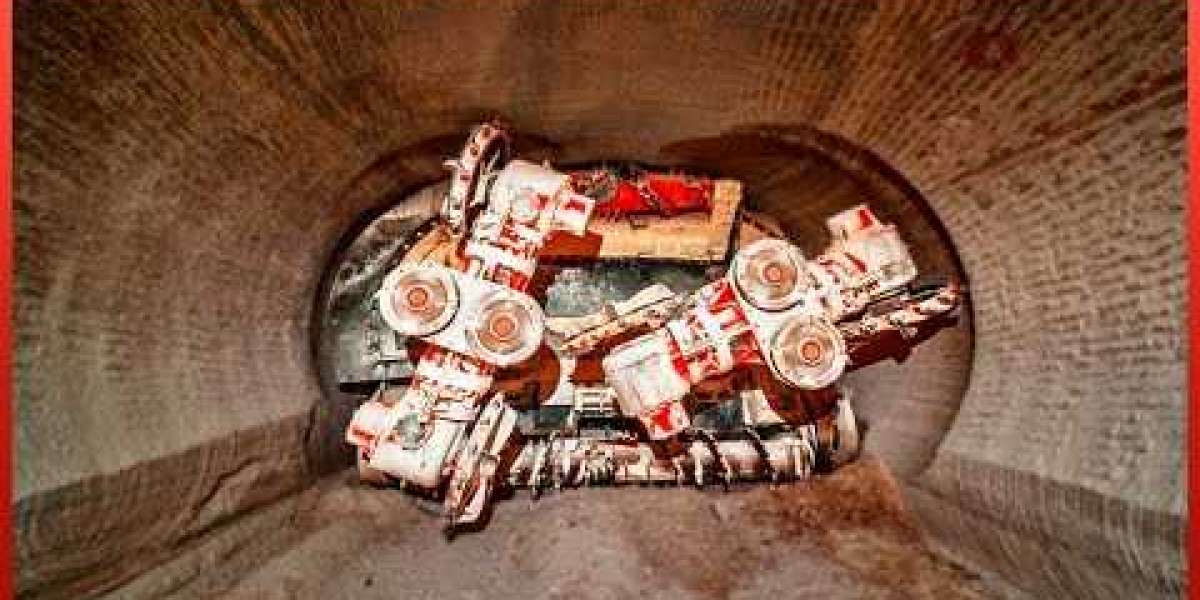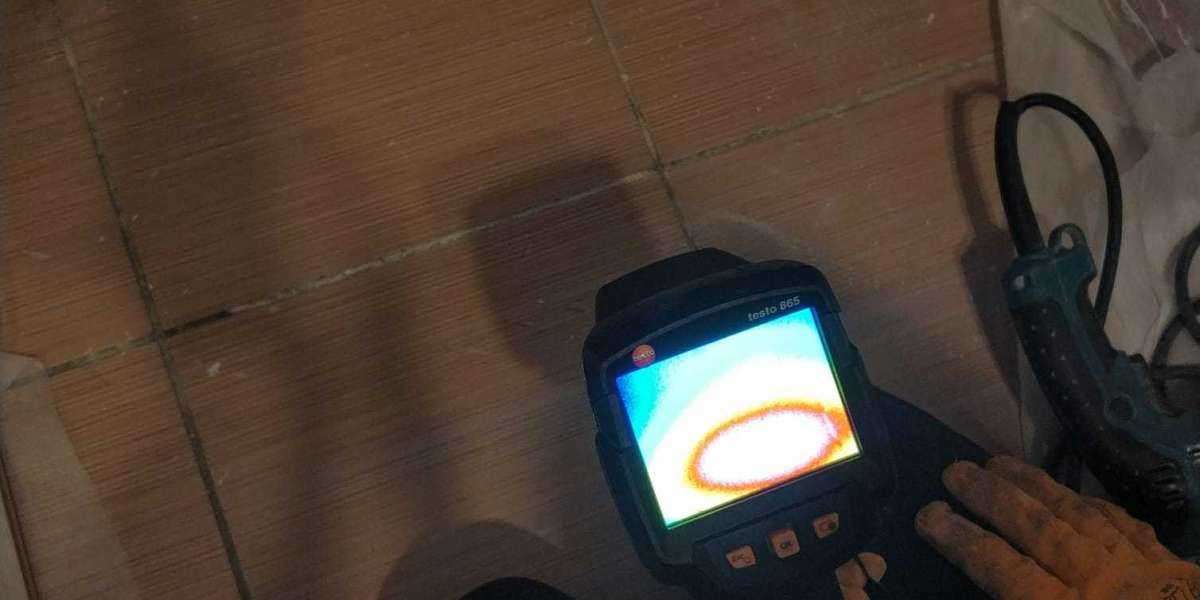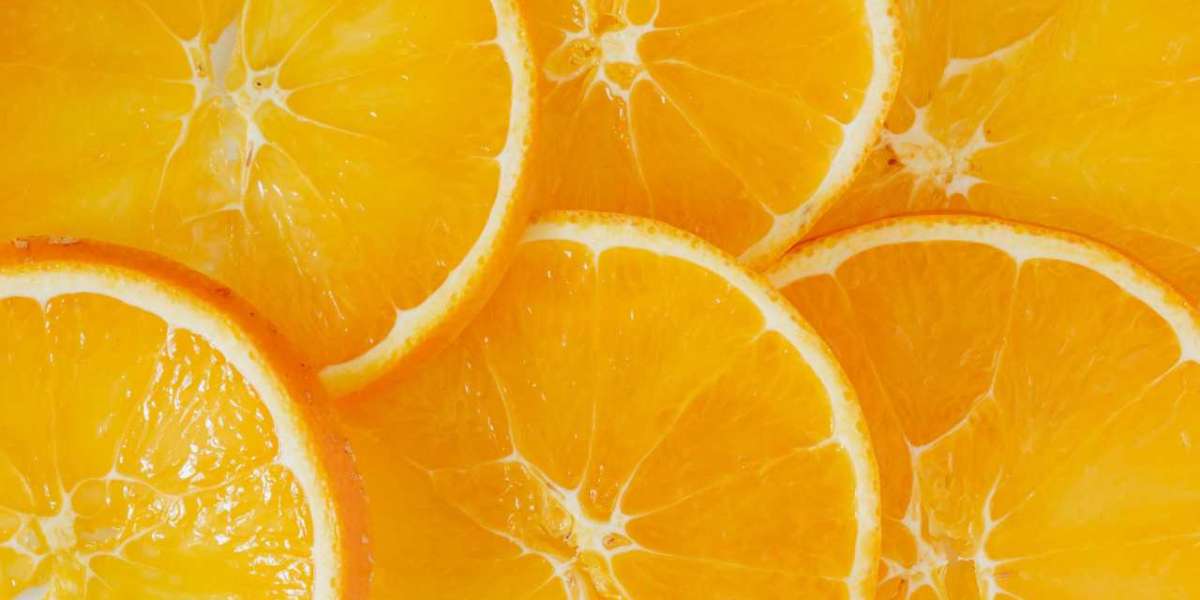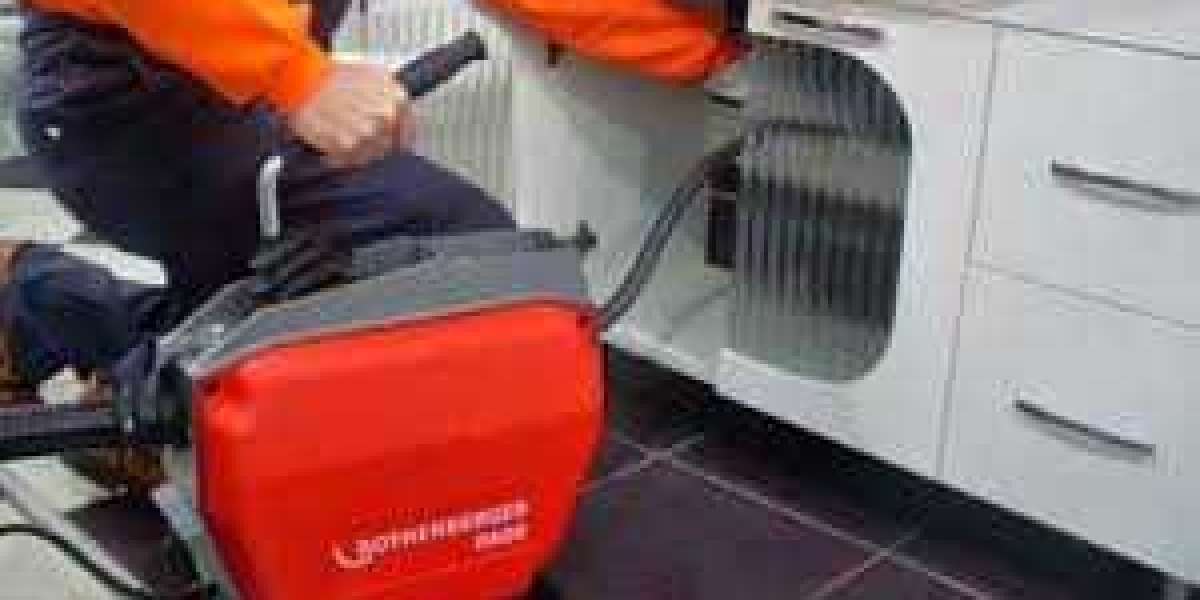A Swiss type CNC automatic lathe and a CNC lathe are both lathe machines that are similar in appearance, but did you know that they are completely different in operation? In this edition, we will discuss the four differences between the cutting tools that are used on swiss machining that are based on the mechanical structure of the machines.
It is automatically machined in a continuous loop, much like candy, until the material is depleted completely.
The strength of a CNC lathe is that the material is grasped one by one with a chuck and machined individually.
A person or a robot is responsible for the installation and removal of the workpiece.
Because it chucks according to the shape of the workpiece, it is capable of processing a wide variety of materials and components.
CNC automatic lathes in Switzerland and CNC lathes in China: Because the machine structure, workpiece, and size are all different, it is critical to select the appropriate cutting tool.
Now, let's look at the characteristics of the cutting tools that are used in CNC automatic lathes.
There is a distinction. 1. The holder
In order to achieve optimal chip performance, it is necessary to have a properly designed holder.
I'll go over the differences between the holder used on a Swiss type CNC automatic lathe and the holder used on a CNC lathe in this section.
Holders for the Swiss CNC Automatic Lathe (Swiss CNC).
Shank sizes that are commonly used include: 8mm, 3/8′′, 10mm, 12mm, 1/2′′, 16mm, 5/8′′, 20mm, and 3/4′′, which are all smaller than the holders for standard CNC lathe machines.
Because of its straightforward design, the screw clamp type is well suited for small holders and inserts. Aside from that, the insert clamping force is substantial, resulting in excellent cutting edge positioning precision. This is particularly well suited for high-volume machining of precision parts.
The offset is frequently "0," which indicates that the holder reference surface is equal to the cutting edge position.
Holders for CNC Lathes
The following are the most common shank sizes: 25mm, 1 inch, 1.25 inch, 1.5 inch, 32mm, and 2 inch.
Depending on the insert geometry, there are a variety of insert clamping methods available.
When using a negative insert, the holder has a horizontal rake angle as well as a front rake angle, as shown in the illustration.
The difference between positive inserts and negative inserts is the geometry of the inserts.
Machine workpieces that are smaller in diameter and require higher precision than workpieces that are machined on CNC lathes using Swiss-type CNC automatic lathes. Vibration and dimensional defects are caused by high cutting resistance, which can be reduced by using a "positive insert" with a relief angle. This allows for more stable machining and lower cutting resistance.
3. Insert tolerance: G-class versus M-class: what's the difference?
The ISO insert designation includes the designation of a tolerance class as well. I'll go over the differences between insert tolerance classes for Swiss type and CNC lathes in this presentation.
There is a distinction. The difference between PVD coatings and CVD coatings is discussed in detail below.
A significant factor in determining the performance of tools and the quality of finished workpieces is the coating used on them.
CVD and PVD coatings are the two most common types of coatings.
CVD coating is commonly used on inserts such as "CNMG" and "DNMG" that are used on CNC lathes. CVD coatings have superior abrasion resistance when compared to PVD coatings and can be applied in thicker layers than PVD coatings. However, because it is a thick film coating, it is easy for CNC lathing to deteriorate, and it has the disadvantage of having a rough coating surface, which is undesirable.
The high precision required by Swiss-type CNC automatic lathe machining, as well as the importance of sharpness, make PVD coatings more suitable due to the thin film coatings' ability to achieve sharp edges.








